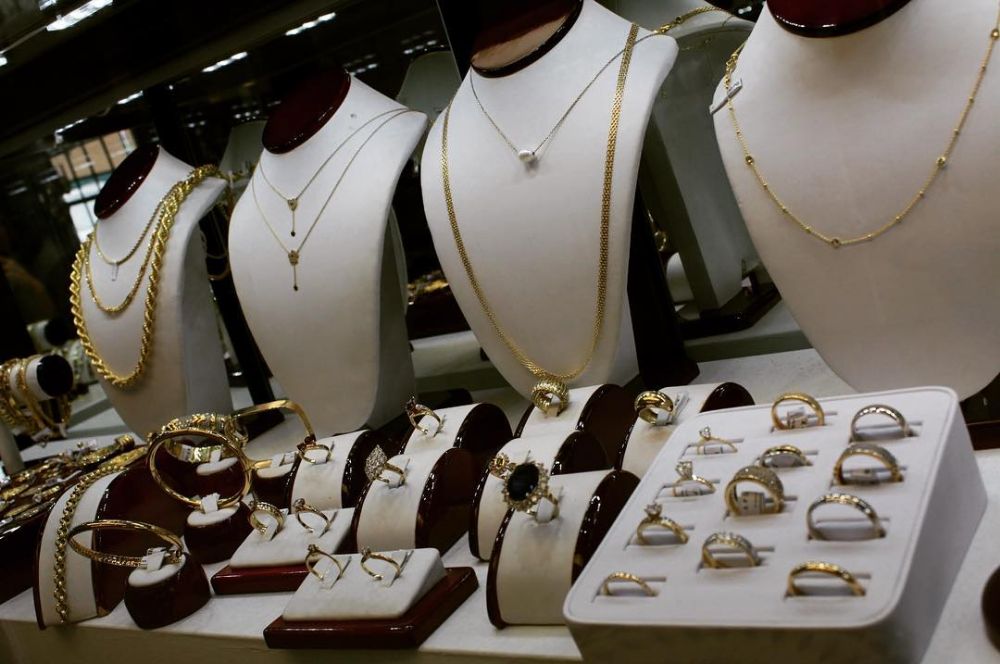
At pawn shops, the process of determining value is a delicate dance between expertise, market trends, and the specific condition of the item in question. Understanding this process can be beneficial whether you’re looking to pawn or sell an item or simply curious about the intricacies of the pawn industry.
Evaluating Jewelry: A Gem of a Process
Jewelry holds a special place in the realm of pawn value assessment. When assessing jewelry, pawnbrokers consider several key factors:
1. Material Composition
The material composition plays a significant role in determining the value of jewelry. Precious metals like gold, silver, and platinum are highly sought after and can command higher prices.
2. Gemstones
The presence of gemstones can elevate the value of jewelry significantly. Diamonds, rubies, sapphires, and other precious stones are evaluated based on factors such as cut, clarity, color, and carat weight.
3. Brand and Design
Certain brands or designer pieces may fetch higher prices due to their reputation for quality and craftsmanship. Unique or rare designs can also contribute to increased value.
4. Condition
The condition of the jewelry, how pawn shops determine value, including any signs of wear or damage, is carefully examined. Well-maintained pieces are typically valued higher than those showing significant wear and tear.
Deciphering the Code: Assessing Electronics
In today’s digital age, electronics are among the most commonly pawned items. Here’s how pawn shops determine their value:
1. Age and Model
The age and model of the electronic device are crucial factors in determining its worth. Newer models with advanced features tend to command higher prices, while older models may depreciate in value over time.
2. Functionality
Pawnbrokers thoroughly test electronic devices to ensure they are in working condition. Items that function properly are valued higher than those with defects or malfunctions.
3. Accessories and Packaging
The presence of accessories such as chargers, cables, and original packaging can enhance the value of electronic items. Pawn shops may offer higher prices for items that come with all necessary accessories.
Unraveling the Enigma: Assessing Collectibles and Antiques
Collectibles and antiques often hold sentimental value and historical significance. Pawn shops assess these items based on various criteria:
1. Rarity and Demand
The rarity of a collectible or antique item can greatly influence its value. Items in high demand or those considered rare or one-of-a-kind may fetch higher prices.
2. Authenticity and Provenance
Pawnbrokers take authenticity and provenance seriously when evaluating collectibles and antiques. Items accompanied by documentation or provenance that verifies their origin and history may command higher prices.
3. Condition and Preservation
The condition of collectibles and antiques is paramount. Items in pristine condition, with minimal signs of wear or damage, are valued higher than those showing significant deterioration.
The Art of Negotiation: Factors That Influence the Final Offer
While pawn shops employ a systematic approach to value assessment, the final offer extended to customers may vary based on several factors:
1. Market Trends
Pawnbrokers stay abreast of market trends and fluctuations sell gold Melbourne for various items. Current market conditions can influence the value assigned to an item.
2. Customer Relationship
Establishing a positive customer relationship can sometimes lead to more favorable offers. Repeat customers or those with a history of prompt payment may receive preferential treatment.
3. Pawn Shop Policies
Each pawn shop operates under its own set of policies and guidelines regarding value assessment and negotiation. Understanding these policies can help customers navigate the pawn process more effectively.
Conclusion: Navigating the Pawn Landscape with Confidence
In the world of pawn shops, determining value is a multifaceted process that requires expertise, attention to detail, and an understanding of market dynamics. Whether you’re pawning, selling, or simply curious, knowing how pawn shops assess value can empower you to make informed decisions. By understanding the factors that influence value assessment, you can navigate the pawn landscape with confidence and ensure a mutually beneficial transaction.


.jpg)



